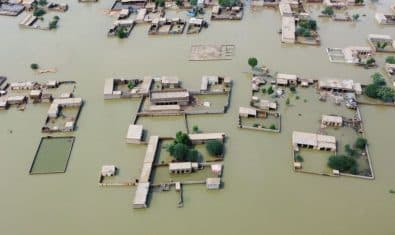Pakistan and Chinese telecom operators are mulling over bringing higher volumes of traffic from different international destinations in the Middle East, Africa, and Europe through Optic Fiber Cables (OFC) deployed under the China-Pakistan Economic Corridor (CPEC).
The Special Communication Organization (SCO) initiated the Pak-China OFC project in 2018. This is the first-ever land-based telecommunication connection between China and Pakistan. The project has multi-dimensional avenues for future ICT developments in the CPEC trade corridor in Pakistan. It also has strategic security dimensions besides meeting end-to-end connectivity requirements (Khunjerab-Rawalpindi-Karachi/Gwadar international destinations).
Under Phase-I of the project, the SCO has deployed 992 km of OFC from Rawalpindi to Khunjerab and has established the first-ever direct telecom connectivity with China. The link is operational and currently carries traffic from China to Europe, courtesy of the SCO-PTCL consortium, and from China to Pakistan for CMI-Zong connectivity. Meanwhile, negotiations with Chinese operators for higher volumes of traffic for different international destinations in the Middle East, Africa, and Europe are underway.
Phase-II of the project encompasses the planned extension of the OFC network from Rawalpindi to Karachi and Gwadar. The Prime Minister of Pakistan initiated a soft launch of the project in Gilgit on 30 April 2021. This phase will also see the SCO deploying OFC from Rawalpindi to Gwadar and Karachi along CPEC routes, and establishing a landing station at Gwadar. The project will cost US$ 236.9 million (PKR 37.9 billion), of which 15 percent has been appropriated for local components, and 85 percent is for foreign exchange components (FEC).
Spread over a network length of 7,990 km, the project will create a national ICT infrastructure that will reduce reliance on foreign infrastructure. It will also provide regional connectivity between China and neighboring Afghanistan and Iran, thereby making Pakistan a hub of regional connectivity.
Moreover, the project forges broad strategic and socio-economic dimensions in addition to the synergy created by the fulfillment of the ICT requirements of Pakistan Railways and the National Highway Authority (NHA) through unified networks.





















